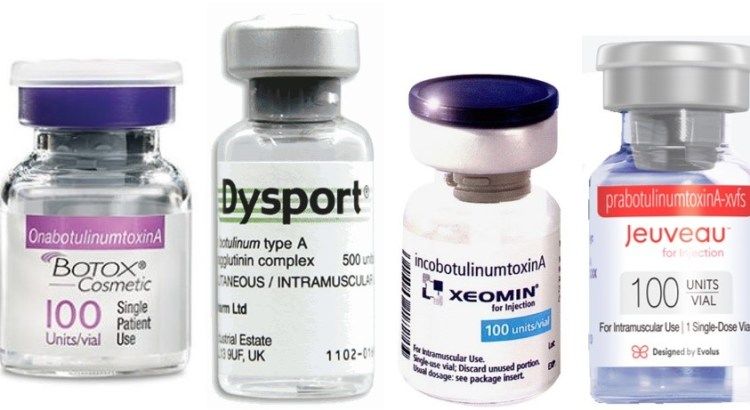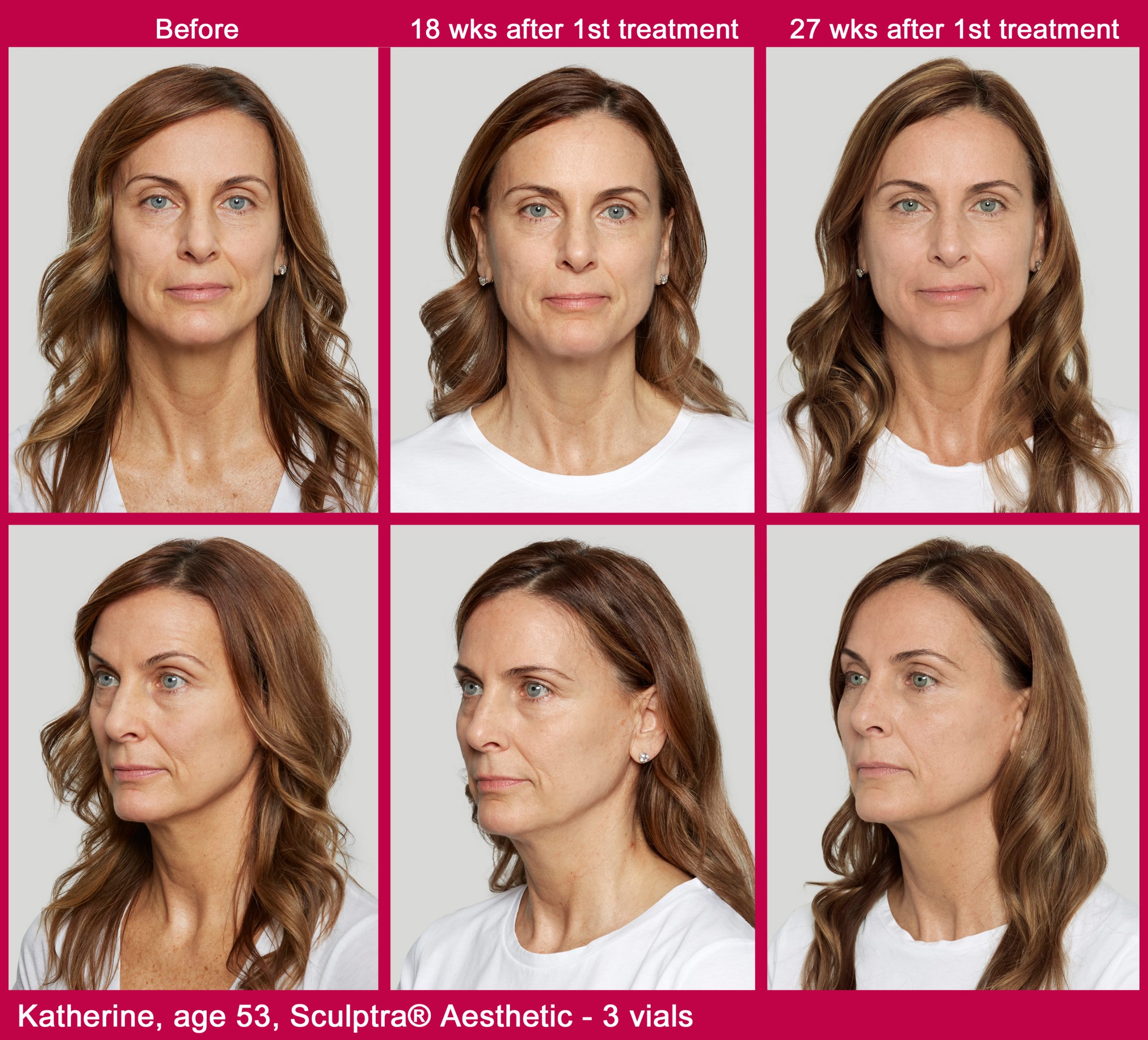When should I start injectables?
We often get asked when is the “right” time to start injectables, and while there is no “right age”, there are some signs and age milestones that might signal the time is now!
Think of it this way- when you buy a new car, you don’t wait until it’s falling apart to take it to the shop. Instead, you perform regular maintenance and routine care on it so it stays in good condition as time goes on. Your skin is no different! The best way to age gracefully is to perform regular preventative maintenance and take care of any problems as they arise rather than waiting until you are “falling apart”.

What signs should I look for?
We look at our faces every day, so sometimes it is difficult for us to see small problems as they arise. A good rule of thumb is that if you notice even the faintest lines between your eyebrows, on your forehead, or around your eyes while your face is in a neutral position, it’s probably time for an injectable neuromodulator (neurotoxin) like Dysport, Botox, or Jeuveau. Neuromodulators are the definition of a preventative treatment- they relax a target muscle so as to prevent the movement causing the fine lines you see at rest.
Our bodies typically lose 1% of collagen production per year after age 20, and bone loss begins around age 25. As a result, the skin becomes thinner and more fragile with each passing year. Most people will begin to notice faint fine lines/wrinkles at rest in their mid to late 20s, so that is typically a good time to start neuromodulators if not sooner (before the lines ever even arise!).


What about biostimulating injectables such as Sculptra or Hyper-dilute Radiesse?
Biostimulating injectables like Sculptra or Hyper-dilute Radiesse (HDR) are another good preventative treatment that can be started truly at any age. These act like liquid fertilizers for your skin, increasing production of collagen and elastin to help preserve healthy skin thickness, elasticity, and volume. Remember- collagen loss starts as early as 20 years old so it is best to stay on top of that with these “pre-juvenation” procedures!
What about dermal fillers?
Dermal fillers have a broad range of use. They can be used at any age to plump up lips, help give lift by adding volume to the cheeks or temples, and can help correct volume deficits or darkness to areas such as the under eyes. Aside from spot treating at any age, the rule of thumb for fillers to combat signs of agining is around 1 syringe for every decade of life- so if you are 50 you will typically require 5 syringes, if you are 60 you will require 6, etc. Fillers vary in longevity, but most need to be re-done every ~ 9-15 months.
The bottom line is this: there’s no right age to start injectables. You should start when you’re ready, but as the old saying goes, an ounce of prevention is worth a pound of cure. So the sooner you start, the easier it will be to maintain a youthful, radiant appearance as you grow older!










